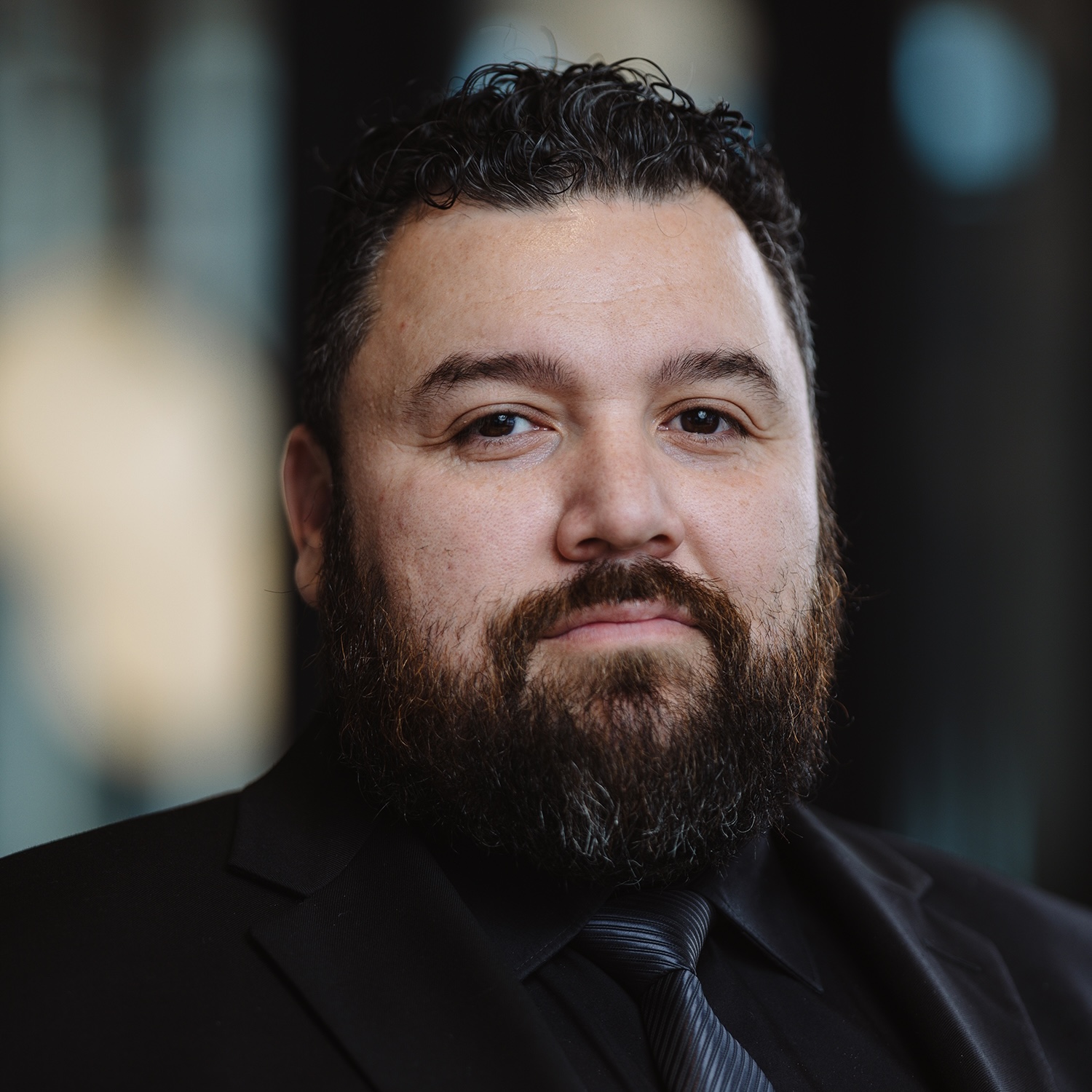Understanding the Creative Leadership Ladder: CCO vs ECD vs CD vs ACD vs Art Director
- Johnny Tijerina
- Jun 5
- 3 min read
Updated: Jun 9

In the fast-evolving world of branding, advertising, and design, creative roles have distinct responsibilities—but their titles can sometimes cause confusion. Whether you're a company looking to build a powerhouse creative team or a designer aspiring to climb the ladder, it’s essential to understand the difference between a Chief Creative Officer, Executive Creative Director, Creative Director, Associate Creative Director, and Art Director.
Chief Creative Officer (CCO)
What does a Chief Creative Officer do?
The Chief Creative Officer (CCO) is the top-ranking creative executive in an organization. This visionary leader sets the overall creative direction for the brand and ensures that all marketing, design, and content initiatives align with the company’s goals and values.
Key Responsibilities:
Shape and protect the creative vision and brand identity.
Oversee all creative departments including design, video, copy, UX/UI, and marketing.
Collaborate with C-level executives on company-wide initiatives.
Make strategic decisions on agency partnerships, campaign direction, and major investments in brand.
The CCO is less hands-on in day-to-day creative work and more focused on high-level leadership, innovation, and cross-departmental influence.
Executive Creative Director (ECD)
What is the role of an Executive Creative Director?
Reporting directly to the CCO, the Executive Creative Director (ECD) is responsible for turning big-picture vision into reality. They manage multiple creative teams, ensuring consistency, quality, and strategic alignment across campaigns and projects.
Key Responsibilities:
Supervise Creative Directors and ensure they deliver on creative briefs.
Maintain high creative standards across all teams.
Pitch creative strategies to clients or senior stakeholders.
Oversee the development of flagship campaigns and high-impact initiatives.
The ECD is the bridge between vision and execution, often playing a key role in presentations, client relationships, and agency leadership.
Creative Director (CD)
What does a Creative Director do?
A Creative Director (CD) is the person responsible for overseeing a specific campaign or department within the creative team. They focus on generating ideas, leading brainstorming sessions, and guiding the creative team toward execution.
Key Responsibilities:
Develop campaign concepts and visual strategies.
Direct the work of designers, copywriters, and art directors.
Ensure the creative output meets brand and quality standards.
Act as the main creative point of contact for a client or internal stakeholder.
Creative Directors are highly influential on the creative output but typically manage smaller teams compared to an ECD.
Associate Creative Director (ACD)
What is an Associate Creative Director?
The Associate Creative Director (ACD) supports the Creative Director and often acts as a "second-in-command." They are usually on a track to become a CD and may lead smaller projects or teams independently.
Key Responsibilities:
Assist in developing creative concepts and pitches.
Manage junior designers, copywriters, and art directors.
Review and refine creative assets.
Step into leadership roles when the CD is unavailable.
ACDs are crucial in maintaining momentum on projects and ensuring creative quality across deliverables.
Art Director
What does an Art Director do?
The Art Director is responsible for the visual elements of a campaign. While they may not lead the entire team, they guide designers in crafting layouts, imagery, and visual storytelling that align with the brand and campaign goals.
Key Responsibilities:
Translate ideas into visual executions.
Work closely with copywriters, photographers, and designers.
Review designs and provide creative feedback.
Maintain brand consistency in all visual outputs.
Art Directors are hands-on creatives who bring the vision to life through layout, typography, color, and composition.
Creative Leadership Hierarchy Summary
Why These Creative Roles Matter
From Chief Creative Officer to Art Director, each role plays a vital part in producing campaigns that connect with audiences and elevate brand value. Understanding the difference between these titles isn’t just useful for internal org charts—it also helps clients, collaborators, and creatives understand where the vision starts and how it gets built.




Comments